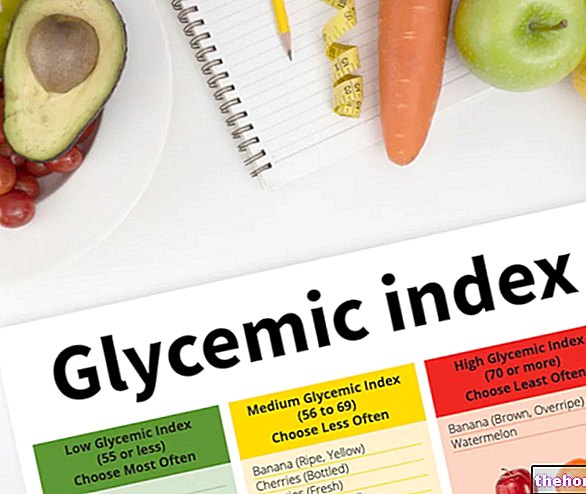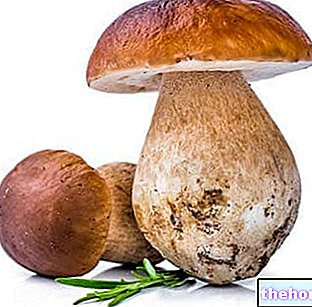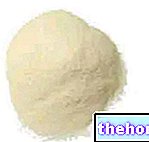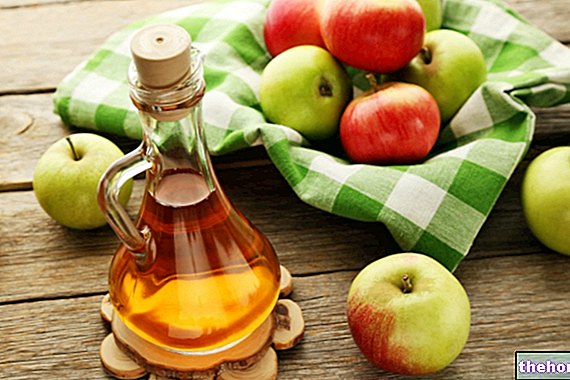Foods are cooked to positively modify some of their characteristics such as digestibility.
In fact, cooking determines processes similar to digestive ones, transforming complex chemicals into simpler ones. The starch contained in cereals, if subjected to a heat source, can for example partially transform into simpler sugars (the glycemic index increases with cooking).
Effects of cooking:
Edibility: nature is rich in products such as beans, peas, potatoes which, despite having a pleasant taste and good nutritional value, contain anti-nutritional factors that would prevent their use in food. Many of these factors are rendered inactive by cooking.
Pleasantness During cooking, aromatic substances are generally generated which make a food more pleasant by improving its digestibility and favoring the secretion of gastric juices.
Hygiene A microbial load is always present in food, which fortunately is largely eliminated by heat treatments. However, it should be borne in mind that some microorganisms produce heat-stable toxic substances (toxins).
Enzymatic activity The enzymes contained in food provide for their natural degradation making them inedible. With cooking the enzymes are inactivated and the enzymatic processes blocked.
Variations in color - some vegetables turn yellow due to the action of acidic substances present. To counteract this effect, there is someone who adds sodium bicarbonate to the water. This practice negatively affects some vitamins. To reduce yellowing just add a little kitchen salt.
Modifications of carbohydrates
Starch is the main dietary carbohydrate (cereals, legumes, potatoes, etc.). With the heat the starch granules pass into the cooking water, which takes on the characteristic sticky appearance. The presence of acidic substances limits this phenomenon (if you want to obtain rice with well detached granules just add vinegar or lemon to the water). If the heating takes place at a very high temperature and dry, the starch is transformed into smaller molecules (dextrins) , browns and develops particularly pleasant odors (baked goods, such as bread, biscuits, etc.). The formation of dextrins makes the food more digestible.
Even the simplest sugars undergo transformations (sucrose turns into caramel). In the presence of proteins, simple sugars react with them forming brown products that are no longer usable by the organism (decrease in nutritional value). A phenomenon of this type is the Maillard reaction (for example when baking bread) between glucose and lysine.
Lipid modifications
Factors responsible are the temperature and oxygen of the air. The phenomena that arise affect both the lipids contained in the food and those added as a condiment.
Breakdown of triglyceride molecules: free fatty acids and glycerin are formed; the glycerin, in part, is transformed into a toxic substance called acrolein: the fat becomes dark, foams and releases irritating fumes. The temperature at which the development of fumes begins is defined as the smoke point and corresponds to the beginning of the decomposition of fat. Lard and butter have lower smoke points than those of many other condiments, so it is not recommended to use them as fats. for frying. It is not recommended to use the same oil several times for frying. The most suitable oil for frying is extra virgin olive oil, followed by peanut oil.
Polymerization phenomena: reactions in which many molecules join together to form macromolecules that determine an increase in the viscosity of the fat and a decrease in digestibility.
Phenomena of auto-oxidation and rancidity: due to the reaction between the unsaturated fatty acids present in the fat and the oxygen in the air (unpleasant and noxious odors and tastes).
Protein modifications
Cooking does not cause noticeable reductions in the nutritional value of proteins but leads to an increase in their digestibility. However, too long cooking can lead to less availability of some essential AAs such as cysteine, tryptophan, methionine, lysine.
If the cooking of foods rich in proteins is carried out in an acidic environment (eg in the presence of vinegar, lemon and tomato sauce), modifications are similar to those obtained with digestion (formation of smaller molecules).
A transformation reaction that reduces the nutritional value of proteins is that between proteins and sugars (Maillard reaction). Negative phenomena occur when cooking, especially roasting, is prolonged so much that the ability of proteins to bind water decreases; it follows a more difficult action by the gastric juices (less digestibility).
The boiling determines the passage of the soluble proteins in the water with loss of nutritional value if the broth is not used.
- if the protein food is introduced into the already boiling water, the high temperature causes coagulation of the superficial proteins with protection of the soluble ones that are found inside the mass; the result is a good boiled meat and a poor broth;
- if the piece of meat is immersed in cold unsalted water, as the heating proceeds, the soluble proteins pass into the cooking liquid which becomes richer; in this way you have a good broth and a bad boiled meat.
Meat and fish contain a fair amount of creatine, but a good percentage is lost during cooking.
Modifications of vitamins and mineral salts
If the cooking operations are not carried out in a suitable way, even considerable losses of vitamins can be recorded due to their poor stability (against heat, light, oxygen, acidifying or alkalizing substances).
The losses of mineral salts are due to their high solubility in the cooking water.
When foods are boiled, the loss of vitamins and mineral salts is greater if too much cooking liquid is used, if they are too chopped and if the boiling lasts a long time; for the same cooking system, losses vary from one product to another. "other according to the acidity and the presence of natural antioxidants.
To give an order of magnitude of the losses, referring to iron, it can be said that in vegetable products the content of this element decreases by about 15% for cooking with a lot of water and about 10% in steam cooking (without water).





























